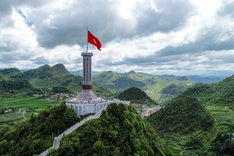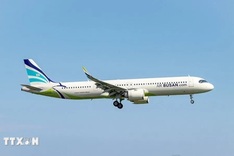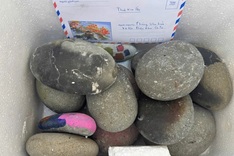Under the project, the city will build 18 eco-tourism sites and resorts covering VND49,000 hectares. Sapa will account for nine eco-tourism and resort sites planned in the project, including Doi Thong, Suoi Ho, Thac Bac, and Ham Rong Mountain, to serve 50,000-100,000 visitors annually. Of these, international visitors are expected to account for at least 8 percent, with over 28 percent of tourists staying overnight.

Tourists in Sapa (Photo by TTXVN)
Van Ban District will have three eco-tourism and resort sites: Khau Co Pass, Sinh Cha Pao, and Nam Kang Ho Tao Peak. Meanwhile, Lao Cai City has six eco-tourism, resort, and recreational sites spanning 8,198 hectares, including Nhac Son Hill, Bac Cuong Cultural Park, Dong Pho Moi, Dong 400 Van Hoa, Nam Ria Waterfall, and Ta Phoi.
The 16,000-ha project aims to develop three main types of tourism: eco-tourism, resort and health tourism, and adventure sports tourism.
Lao Cai has welcomed over 4 million visitors in the first four months of this year. Total tourism revenue exceeded VND13.6 trillion, up 52 percent compared to the same period in 2024.




















